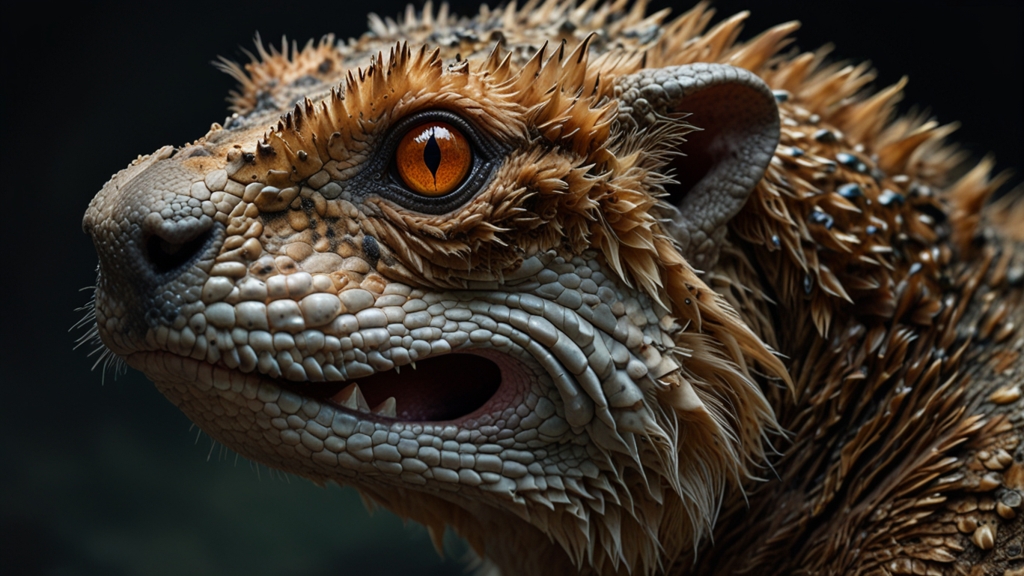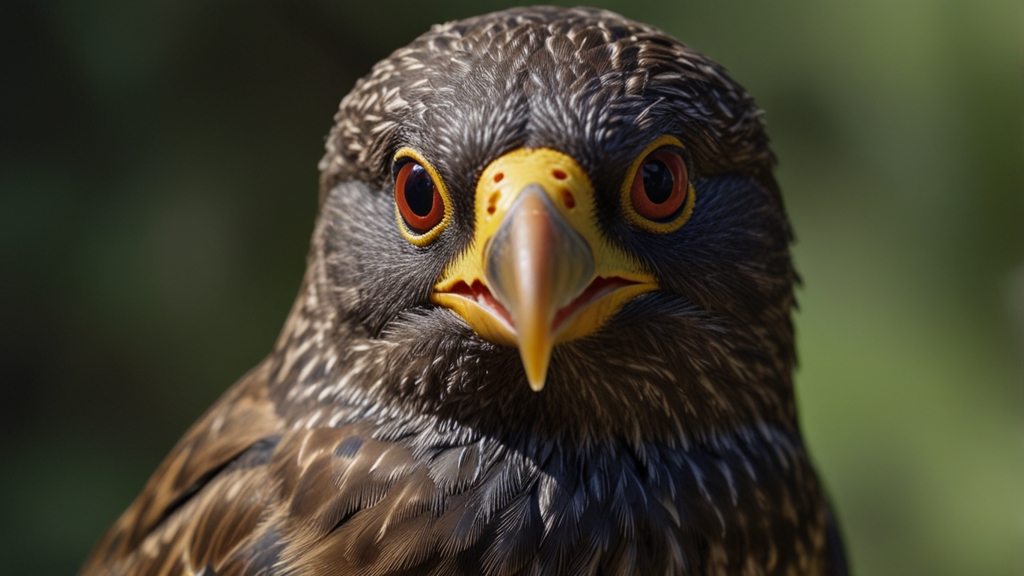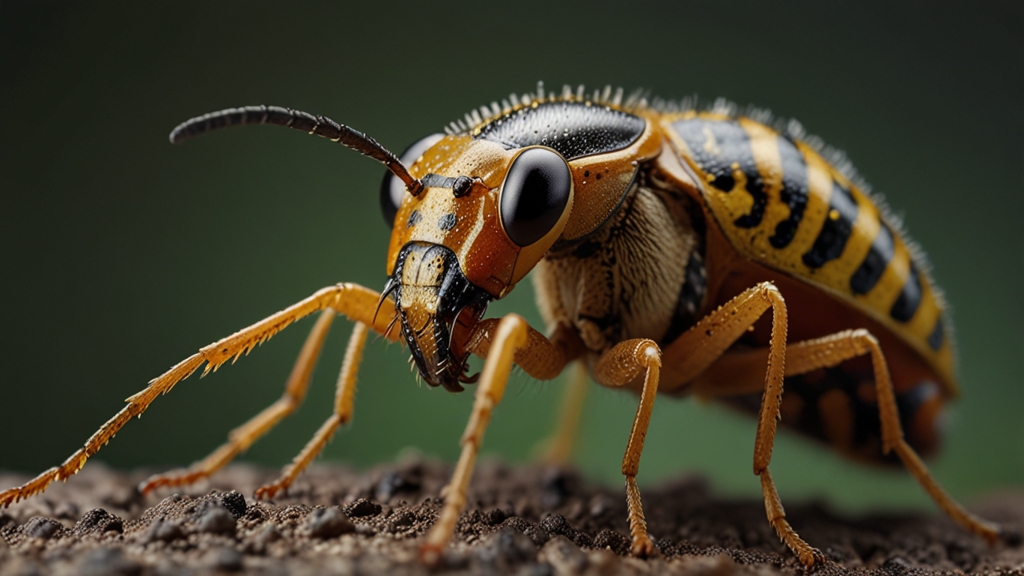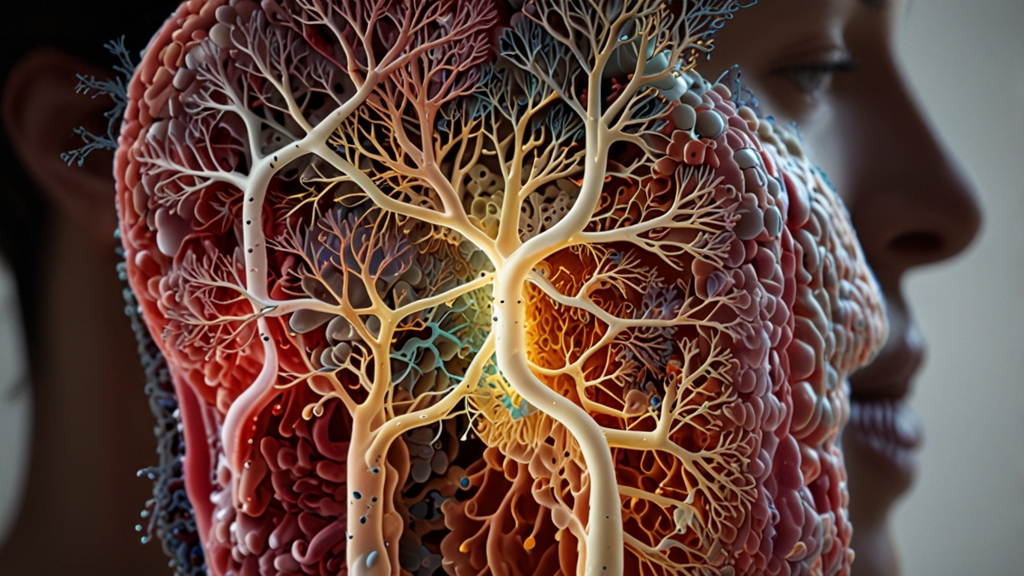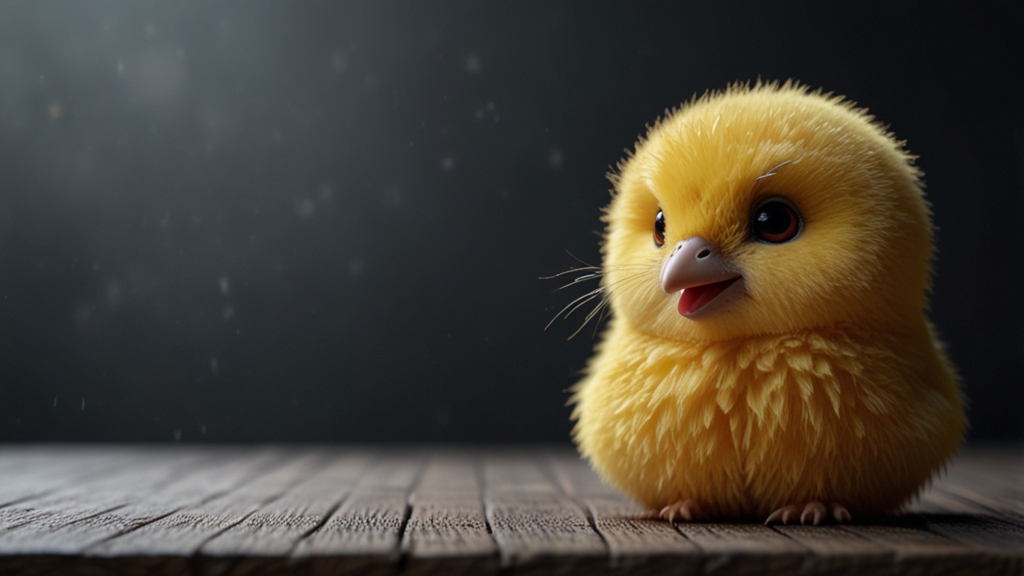The Cold Truth About Cold-Blooded Animals: What You Didn't Know
Cold-blooded animals, also known as ectotherms, encompass a diverse group of organisms including reptiles, amphibians, fish, and invertebrates. Unlike their warm-blooded counterparts, cold-blooded animals rely on external sources to regulate their body temperature. This intriguing physiological trait influences nearly every aspect of their lives, from behavior and habitat to diet and reproduction.
Adaptations for Survival
One astounding adaptation shared by all cold-blooded animals is their ability to thrive in a variety of environments. Their reliance on external heat sources means that they can be found in both tropical forests and arid deserts. When temperatures drop, many ectotherms enter a state of torpor or hibernation to conserve energy.
"Ectotherms are incredibly efficient at using energy. They require less food than warm-blooded animals because they don't need to generate their own heat," says Dr. Jane Smith, a herpetologist at the University of Biodiversity Studies.
By reducing their metabolic rates in cooler temperatures, cold-blooded animals can survive on minimal resources, a crucial adaptation in harsher climates.
Behavioral Thermoregulation
Behavioral thermoregulation is another fascinating aspect of ectotherm life. Many reptiles, for example, bask in the sun to raise their body temperatures to optimal levels. Once warm, they retreat to shaded areas to avoid overheating. This constant balancing act allows them to maintain an active lifestyle while avoiding thermal extremes.
"Observing a lizard bask on a rock or a snake coiled in a sunny spot is witnessing behavioral thermoregulation in action," says Alice Green, a wildlife biologist. "These animals have finely tuned behaviors evolved to help them thrive in their specific environments."
This behavior is not just limited to reptiles. Fish, too, exhibit thermoregulation by moving between different water layers with varying temperatures. Amphibians might be seen moving in and out of water bodies to regulate their body heat. These subtle yet precise movements are vital for their survival.
Cold-Blooded Nutrition
One might assume that being cold-blooded limits dietary options, but the opposite is true. Ectotherms display a dazzling array of feeding strategies. Some fish are filter feeders, sifting plankton from the water, while others are voracious predators. Reptiles like snakes swallow their prey whole, and amphibians such as frogs utilize their sticky tongues to catch insects.
"Cold-blooded animals have evolved diverse feeding mechanisms to exploit a variety of ecological niches," notes Dr. Liam Rodriguez, a marine biologist. "This diversity helps them play critical roles in their ecosystems, from controlling insect populations to being prey for larger animals."
Reproductive Marvels
The reproductive strategies of cold-blooded animals are equally fascinating. Many reptiles, such as turtles and some species of snakes, lay eggs that incubate in the environment. Amphibians often lay eggs in water, where their young undergo a metamorphosis from larvae to adults. Fish display a range of reproductive methods, from live-bearing species to those that lay thousands of eggs to ensure the survival of a few offspring.
Interestingly, some cold-blooded animals exhibit parental care. For example, certain species of frogs protect their eggs and even transport tadpoles to safer waters. This level of care can significantly increase the chances of survival for the young.
Conclusion
The world of cold-blooded animals is a testament to nature's adaptability and ingenuity. Their unique physiological traits and behaviors enable them to survive and thrive in diverse environments across the globe. From energy efficiency and behavioral thermoregulation to varied diets and reproductive strategies, ectotherms continuously surprise and captivate scientists and nature enthusiasts alike. The cold truth about these remarkable creatures is that they are far more complex and fascinating than one might initially believe.
